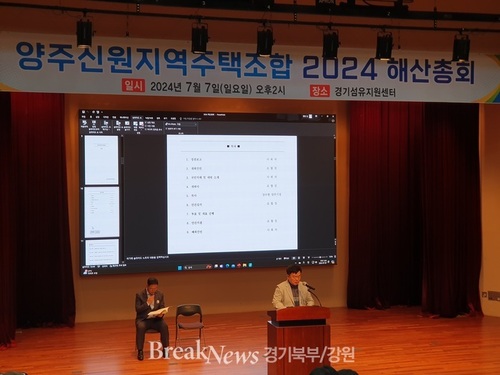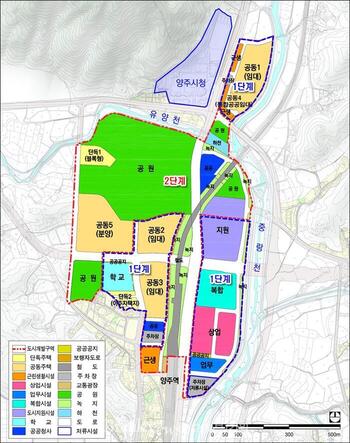금년도 북부지방산림청 관할지역 내 농림지 돌발해충의 발생면적은 5,048ha로 기후변화의 영향으로 개체수가 지속적으로 증가하고 있으며, 특히 지난해 매미나방의 개체수가 국지적으로 급증하면서 국민 불편은 물론 산림지역 수목 피해 등 심각한 피해를 입은 바 있다.
* 발생면적(ha) : 꽃매미 320, 갈색날개매미충 299, 미국선녀벌레 768, 매미나방 3,661 * 지역별(ha) : 서울 1,790, 인천 751, 경기 1,662, 강원영서 845
이에, 북부지방산림청은 피해 발생지역을 중심으로 유관기관과 협력하여 전자예찰함을 설치, 월동난 유충 부화시기를 지속적으로 모니터링하고 산림병해충예찰방제단 등 가용인력과 방제장비를 총 동원하여 매미나방의 생활사에 기반을 둔 맞춤형 방제를 집중 실시하여 피해 최소화에 기여했다고 했다.
* 방제면적(ha) : 꽃매미 32, 갈색날개매미충 99, 미국선녀벌레 497, 매미나방 1,577* 지역별(ha) : 서울 133, 경기 1,567, 강원영서 505
농림지 동시발생 병해충은 꽃매미, 갈색날개매미충, 미국선녀벌레로 나무 수액을 빨아먹는 등 가지를 고사시키거나 생육에 피해를 주고, 매미나방은 유충이 잎을 갉아먹는 식엽성 해충으로 나무를 고사시키지는 않지만 수목에 큰 피해를 입히며, 뿐만 아니라 유충의 털이나 성충에 묻어있는 독성가루로 의해 두드러기나 피부염을 일으킬 수 있다고 했다.
최수천 북부지방산림청장은 “최근 기후변화 등 외부요인으로 인한 돌발 산림병해충의 발생이 많아지고 있지만, 예찰을 강화하고 선제적인 방제를 실시하여 산림 피해를 최소화하는 데 주력하겠다.”라며 말했다.
* 아래는 위 기사를 '구글 번역'으로 번역한 영문 기사의 [전문]이다. * Below is the [full text] of an English article translated from the above article as'Google Translate'.
Bukbu Regional Forest Service completed intensive control of agricultural forests and sudden pests
Customized control for each life history
[Reporter Il-woong Kim = Northern Gyeonggi/Gangwon] The Bukbu Regional Forest Service announced that it has completed 2,205ha of customized control for each life history from February to November for pests and sudden pests that occur simultaneously in agricultural and forestry areas in the metropolitan area and Gangwon area.
The number of sudden pests in agricultural and forestry areas within the jurisdiction of the Northern Regional Forest Service this year is 5,048ha, and the number is continuously increasing due to climate change. suffered serious damage.
* Occurrence area (ha): Flower cicadas 320, Brown-winged cicadas 299, American fairy worm 768, gypsy moth 3,661 * By region (ha): Seoul 1,790, Incheon 751, Gyeonggi 1,662, Gangwonyeongseo 845
Accordingly, the Northern Regional Forest Service cooperated with related organizations in the damaged area by installing an electronic surveillance box, continuously monitoring the hatching time of the overwintering larvae, and mobilizing all available manpower and control equipment such as the forest disease and pest surveillance team and control equipment. He said that it contributed to minimizing damage by intensively carrying out customized control based on the life history of
* Controlled area (ha): Flower cicadas 32, Brown-winged cicadas 99, American nymph 497, Gypsy moth 1,577* Region (ha): Seoul 133, Gyeonggi 1,567, Gangwonyeongseo 505
Simultaneous pests in agricultural and forestry areas kill branches or damage the growth, such as sucking tree sap with flower cicadas, brown-winged cicadas, and American fairy beetles. However, it causes great damage to trees and can cause hives or dermatitis by poisonous powder on the larvae's hair or adults.
Choi Soo-cheon, head of the Northern Regional Forest Service, said, "Recently, the occurrence of sudden forest diseases and pests due to external factors such as climate change is increasing, but we will focus on minimizing forest damage by strengthening surveillance and preemptive control."
이 기사 좋아요
<저작권자 ⓒ 브레이크뉴스 경기북부 무단전재 및 재배포 금지>

댓글
김일웅 기자, 북부지방산림청, 농림지 동시발생 병해충 및 돌발해충, 생활사별 맞춤형 방제 관련기사목록
|
많이 본 기사
환경 많이 본 기사
|





























